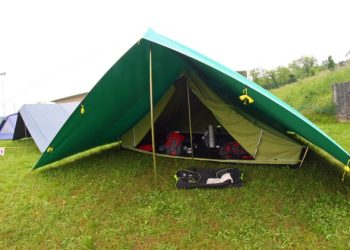There are few places where you can surf over two oceans on the same day, and Costa Rica is one of them. With a 5-hour drive separating its 131 miles of coastline along the Caribbean Sea and 631 miles bordering the Pacific, the surf’s up all day in Costa Rica. But that’s not all – find out more reasons why adventurers gravitate to a costa rica surf resort.
Surf Seasons:
Costa Rica is one of the few regions which offer quality surfing all year round. The mild offshore winds reliably create barrels in most surf spots.
The western coastline receives consistent southwestern swells during summer (May to August). Playa Carillo and Isla Chira are great spots to surf if you visit Puntarenas during this season. If you’re in Guanacaste, the waves reach chest height at most points and rise higher on south-facing beach breaks. The Limon coast is more suited for snorkelling and diving during the summers as the waves are relatively small.
The Costa Rican fall (September – November) brings in heavy rainfall. The early morning onshore winds raise choppy waves of 2-3 feet or more on the western coastline. It is hurricane season on the Caribbean coast, and you get intermittent choppy waves rising as high as two feet overhead.
From February to mid-April, the northeast storms churn the Caribbean coast with high waves that barrel at reef breaks. The Easter celebrations happen during the Semana Santa week in April, attracting tourists from all over the world.
During winter, the Papagayo winds flow over the west coast, washing away the rainy conditions. The Northwest swells create head-high waves in Guanacaste, making it an ideal cool-weather surfing destination. On the East Coast, the swells bring consistent waist high waves. The good weather and pleasant temperature make it quite popular in December.
Click here for more Information
Great Atmosphere
Costa Ricans are renowned for their hospitality. Following years of interaction with international tourists, most of them can speak Spanish, English, German, French, Italian, and Dutch. Tourists find themselves heading back every year on a surfing pilgrimage. Towns like Tamarindo and Playa Jaco have a vibrant nightlife for those who want to relax after a hard day of surfing.
Value for Money
Tourism contributes as much as 5% to Costa Rica’s GDP. The country understands the need for a cheap currency, and at 627 Colones for a Dollar, it is one of the most affordable travel destinations in the world. Although the USD (smaller denominations) is accepted by most establishments, pay for most of your expenses a priori, and hold less cash on yourself while on vacation. For instance, a simple meal would cost you about 3-7$, a bare room would range from 30-50$, and tipping the tour guides would cost you about 15$.
Surf Camps
At a costa rican surf resort, you can learn to surf even if you are an absolute beginner. Some camps are luxury resorts where you can stay in mansions with infinity pools overlooking the ocean. They are situated in remote jungles, such as in the Osa Peninsula, and their services include personalized surfing training on sparsely populated beaches, accommodation, food, and tour guide services to adjacent forests. They are a hassle-free way of experiencing the best that Costa Rica has to offer.
In Conclusion
The Costa Rican weather is conducive for surfing all year round, the locals are a delight to interact with, and the food is tantalizing. All in all, it is a safe, pristine, inexpensive surfing destination where you can find something to do even if the waves aren’t favorable.





